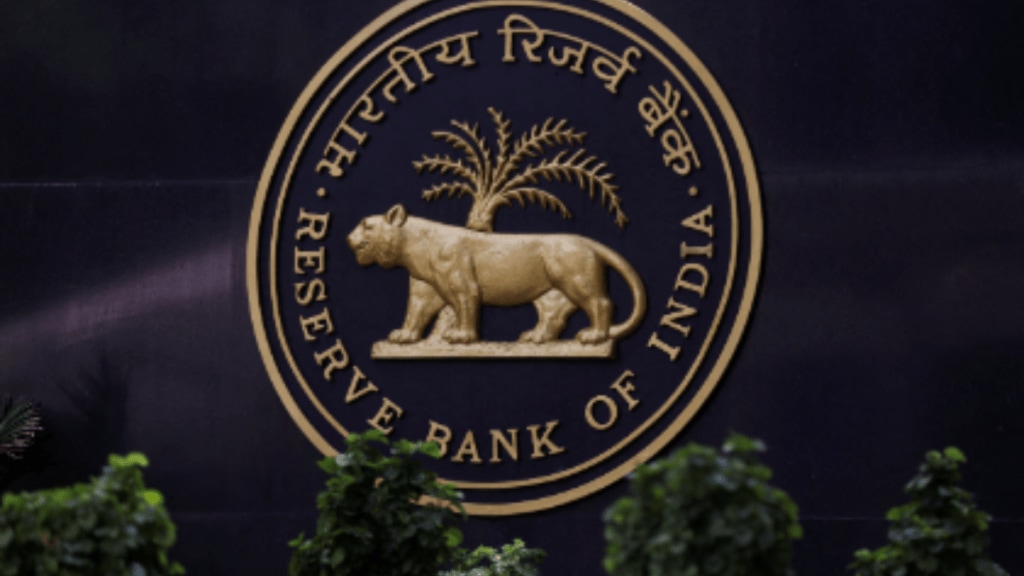The Reserve Bank of India (RBI)’s decision to exclude all new government securities of 14-year and 30-year tenures from the fully accessible route (FAR) is unlikely to have any significant impact on overseas inflows. FPI inflows, which were till now coming into these two securities, may now move to the benchmark 10-year bond. Inflows into FAR bonds have remained strong, with foreign portfolio investors (FPIs) pouring over $2.2 billion into index-eligible bonds since June 28, according to the Clearing Corporation of India data.
“The 10-year security will be the major beneficiary after 14-year and 30-year are excluded from the FAR category. Among the two, 14-year was an actively traded security and the 10-year bond can be a good alternative for investors,” Vikas Goel, managing director and CEO at PNB Gilts, told FE. “Overall, FPI inflows into FAR bonds are unlikely to be affected due to the exclusion of these two securities.”
The RBI on Monday said announced the exclusion of all new securities with 14-year and 30-year tenures from the FAR. Existing 14-year and 30-year government securities that are already available under the FAR will continue to be accessible by non-residents in the secondary market.
The move comes a month after JPMorgan Chase & Co began including Indian government securities in its main emerging market index. Reacting to the new development, bond yield hardened marginally. Yields on the benchmark 10-year bond closed at 6.934% on Tuesday, compared with 6.918% on Monday.
“Given the wide range of securities available for global investors, I do not think FPI inflows will slow down due to exclusion of two securities,” said head of treasury of a public sector bank. “With this exclusion, the government seems to trying to reduce the demand for longer-dated securities,” he said, adding that the change in policy may create some uncertainty among global investors.
Global funds have poured more than $12 billion into freely accessible bonds since inclusion was announced in September last year. Overseas investors held a total of Rs 2.02 trillion FAR bonds as of July 30, showed recent Clearing Corporation of India data.
India’s local-currency bonds are the top performers in emerging Asian markets this year, handing investors a return of 8.1%, data compiled by Bloomberg show. Currently, India carries 1% weight in the index, with planned incremental increases each month till March 2025. Securities included in global bond indices do not have any foreign investment limits.
Analysts say as the weight of Indian securities rises gradually in the index, the domestic bond market is likely to attract nearly $30-billion inflows over the next 10 months. With increase in inflows into FAR securities, yields have eased over the past couple months. The 10-year yield traded in the range of 6.90%-7.03% in June, from 6.97%- 7.14% in May. Bond yields have stayed below 7% in July.

